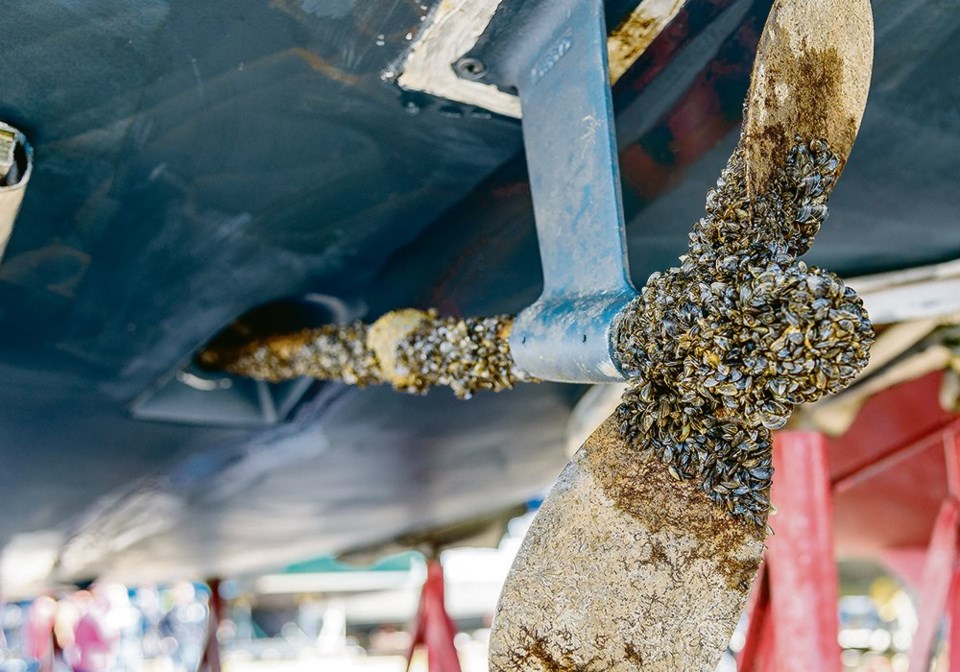WESTERN PRODUCER — Borders might affect how people conduct business in different regions but for invasive species, there are no boundaries in where, when or how they choose to disturb a natural eco-system.
Top of the list in Montana is the devastating effect Quagga and Zebra mussels (collectively known as dreissenid mussels) could have for the agriculture industry if they establish themselves in waterways in the state, some of which flow into Alberta.
Speaking at the recent Alberta Invasive Species Council’s conference, University of Montana research scientist Nanette Nelson said the spread of these invasive mussels first found in the Great Lakes in the 1980s now includes 32 U.S. states.
One consistent factor no matter where a mussel infestation occurs is that fighting the pests comes with a big price tag.
They’ve left a substantial path of damage in their wake from gumming up water infrastructure, turning beaches into repositories of sharp shells of dead mussels and pushing out native species, said Nelson.
“Dreissenid mussels are highly adaptable. Once they are introduced, they grow really quickly,” said Nelson, adding the rates of growth once populations are established can be “100,000 individuals per sq. metre.”
The mussels are spread mainly by watercraft being transferred from infested waters to other water bodies, and slowing the spread has focused largely on decontamination of boats.
In Montana last year, 61 watercrafts were found to be infected out of 110,000 inspections.
There are increasing concerns the pet industry may be the next source of invasive mussels.
Marimo moss balls, used for aquariums in the U.S. and Canada, can also host the invasive species.
In California, irrigation districts facing mussel infestations are levying an average surcharge of about $3.50 per acre-foot of water on irrigators to help pay for dealing with the problem species, according to Nelson.
For public water treatment facilities, mining, aquaculture and industrial water users, Nelson said the cost to each stakeholder to deal with invasive mussels is estimated at around US$300 per million gallons of water used.
The cost for Montana lakefront property owners is estimated at $500 million with government revenue also affected.
The value for looking at specific costs to specific water users rather than overall, eye-catching numbers is so action can be taken by specific stakeholders, said Nelson.
“This type of research and study is useful and necessary,” she said. “Facility managers can use this kind of information when they are preparing for a potential mussel invasion, estimate costs for that. They can use it for weighing trade-offs for future courses of action when having cost estimates and they can also use it for advocating for budgets for zebra mussel mitigation and early detection.”
Nelson said her research is being used to support continued budgeting for invasive mussel mitigation efforts in Montana.
But more research is needed, including developing studies on the probability Montana will see invasive mussel invasions and how an infestation will manifest.
Nelson said ensuring maintenance costs on water infrastructure associated with dealing specifically with invasive mussels is necessary because “it would also help to get more realistic coverage of all the costs to other groups.”
In Canada, the only western province so far to report invasive mussel infestations is Manitoba with Lake Winnipeg along with the Red and Nelson rivers reporting having Zebra mussels.

